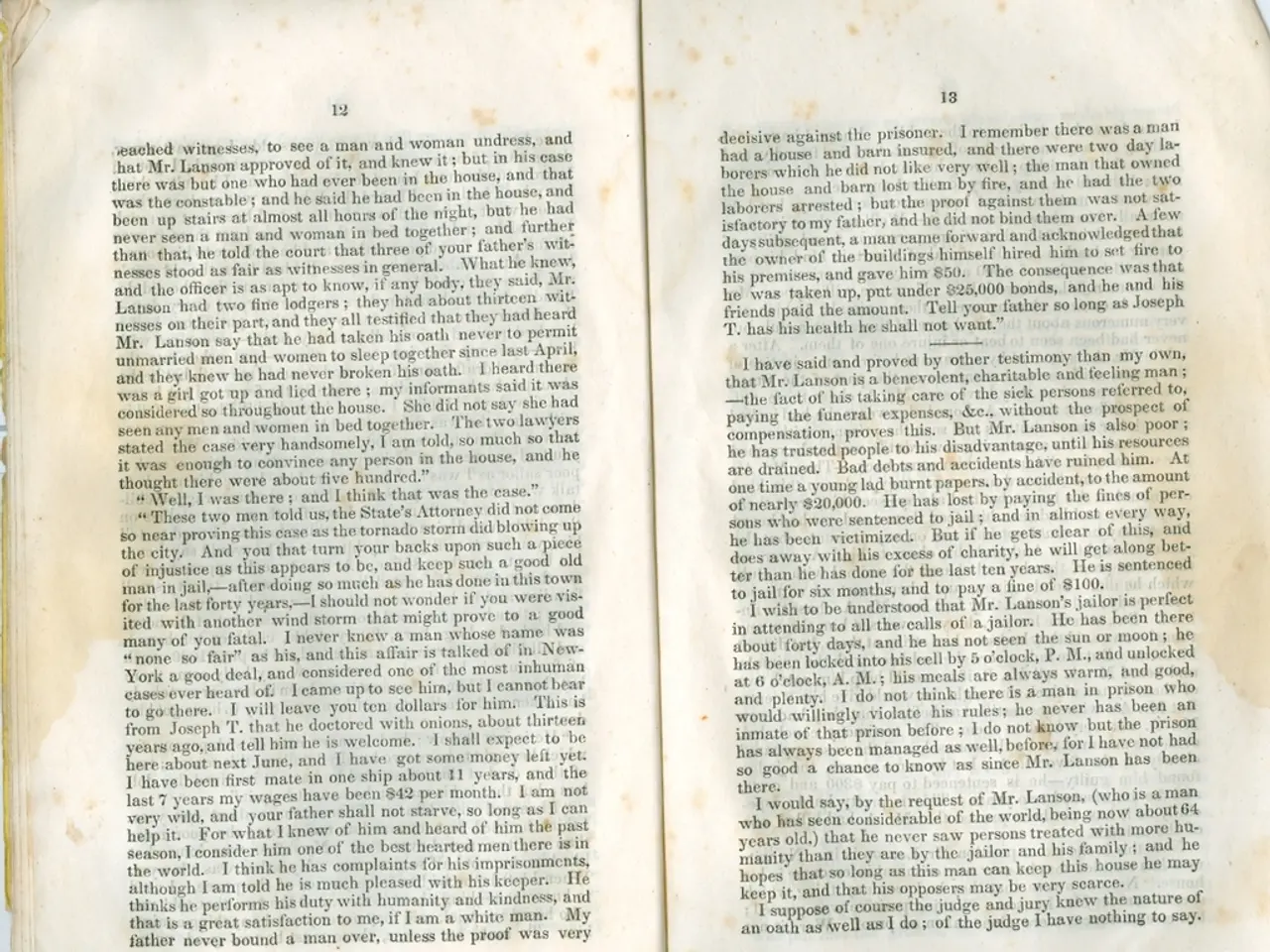Roman Numerals Unveiled in Simple Terms: A Guide to Understanding VII, MCM, XL
In the year MMXXIII, a numeral system that dates back over two millennia continues to hold a significant place in our modern world. Known as the Roman numeral system, it was initially developed by the Romans for daily commerce and administration.
This ancient method of writing numbers, using combinations of letters from the Latin alphabet, has a unique charm and history that makes it an appealing choice for stylistic, traditional, and organizational purposes.
One of the most common contemporary uses of Roman numerals is in numbering significant events. For instance, the Super Bowl, the NFL's championship game, is named using Roman numerals because it is played after the start of the new calendar year but is the crowning championship game for the season that started in the previous year. Similarly, the Olympic Games also use Roman numerals in their titles, such as the XXV Olympic Winter Games.
Roman numerals can also be found in various other modern settings. They are used to number chapters, book volumes, and prefatory pages to distinguish them from main text numbering. For example, the introduction to a book might be labelled as "I. Introduction" instead of "1. Introduction".
In the realm of timekeeping, Roman numerals are still used on clock and watch faces, typically numbering from I to XII. Interestingly, the hour four on clockfaces is often represented as "IIII" instead of "IV" for aesthetic balance and tradition.
Roman numerals are also used in the numbering of film and TV series sequels, often appearing in titles and credits. They are also used for copyright dates. For instance, a film titled "Superman III" would use Roman numerals to indicate the third instalment in the series.
Beyond numbering, Roman numerals are used in royal and papal names, such as Charles III or Pope Leo XIV. They are also used in date inscriptions on buildings and monuments, often showing the year of construction or commemorative dates.
In education, Roman numerals are used for classroom or section numbers and outlines/headings in formal documents. They are also used for indexing chapters or sections in books for clarity and tradition.
Despite the challenges that come with its lack of a symbol for zero, making it difficult for mathematical calculations, the Roman numeral system remains a fascinating and enduring part of our numeric history. Its usage in modern settings is mostly symbolic or decorative, maintaining continuity with historical tradition and providing clear visual distinction in enumerations where Arabic numerals are the norm for regular counting.
Basic rules for Roman numerals include addition, subtraction, repetition, non-repetition, subtractive notation, descending order, and sequential writing. For example, the Roman numeral for 1944 is MCMXLIV, where C can be subtracted from M to represent 900.
In conclusion, Roman numerals, with their unique charm and historical significance, continue to play a role in our modern world, adding a touch of tradition and elegance to various contexts.
Technology continues to integrate Roman numerals for stylistic purposes in entertainment and self-development segments, such as the numbering of film and TV series sequels or the indexing of chapters or sections in books. Furthermore, education-and-self-development materials often use Roman numerals for classroom or section numbers and outlines/headings in formal documents to convey a traditional and clear visual distinction.




